Introduction to the description of the flavor of Kenyan coffee beans by variety treatment method in brand producing areas
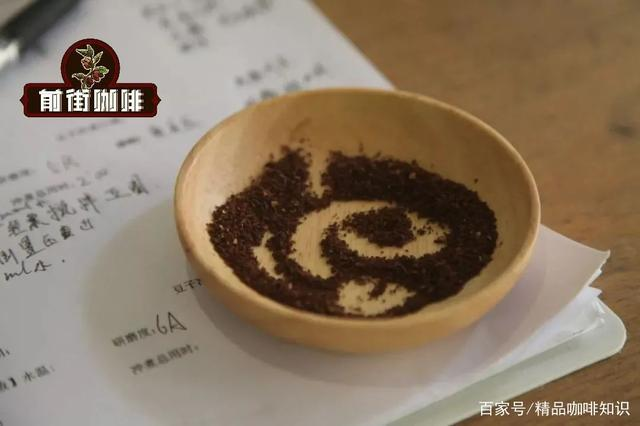
Kenyan coffee is sour, but it is so sour that it makes the front street feel happy because it is bright and full, like a natural carbonated drink. Kenya is a famous coffee producing area in Africa and a coffee producing area on a par with Ethiopia. Kenya, which is adjacent to Ethiopia and is a coffee producer, is many years later than Ethiopia.
Kenya, the full name of the Republic of Kenya, is located in eastern Africa, the equator runs across the central part of the equator, and the Great Rift Valley of East Africa stretches north and south. It is bordered by Somalia to the east, Tanzania to the south, Uganda to the west, Ethiopia and Sudan to the north, and the Indian Ocean to the southeast. There are many plateaus in the territory, with an average elevation of 1500 meters. The central peak of Kirinaga (Mount Kenya) is 5199 meters above sea level and the top of the mountain is covered with snow, making it the second highest peak in Africa.
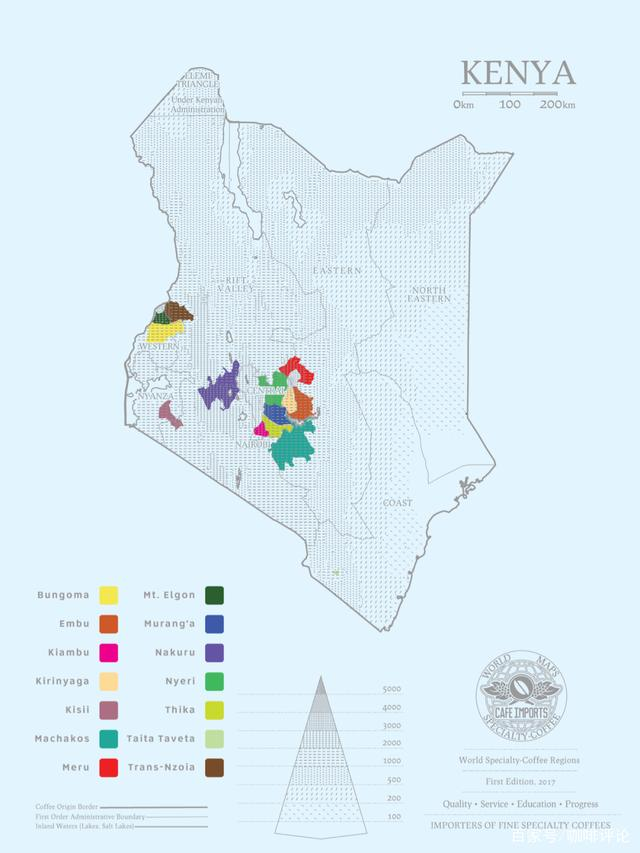
Elevation, latitude, geology: the equator runs through Kenya, and the border is exactly within ten degrees of north and south latitude. It is a tropical region with two rainy seasons per year and two harvests, 60% concentrated in October to December and 40% in June to August. Coffee is mainly grown in volcanic areas around the capital Nairobi to Kenya mountains at an altitude of 1600-2100 meters, most coffee is planted above 1500 meters. This height is suitable for coffee bean development flavor, because the mountain temperature is lower, the growth is slower, the aromatic components of coffee beans are fully developed, the fruit acid flavor is more obvious, and the texture is harder. This fertile, moon-shaped coffee zone is Kenya's main producer of fine beans.
Coffee is Kenya's second most traded export after tea.
African coffee production characteristics, and more to charming acid, aroma known worldwide, Kenya is certainly not absent. Kenya is located in East Africa, just on the equator, with the Indian Ocean to the east, Ethiopia to the north and Tanzania to the south. It is a big coffee country in East Africa and one of the most important and irreplaceable producing countries.
Kenya is a tropical region with two rainy seasons each year, with two harvests, 60% concentrated between October and December and 40% between June and August. Coffee is mainly grown in volcanic areas around the capital Nairobi to the mountains of Kenya at an altitude of 1600-2100 meters. This height is suitable for coffee bean development flavor, because the mountain temperature is lower, the growth is slower, the aromatic components of coffee beans are fully developed, the fruit acid flavor is more obvious, and the texture is harder. This fertile, moon-shaped coffee zone is Kenya's main producer of fine beans.
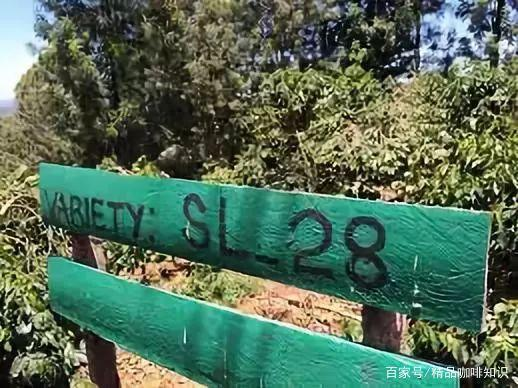
Kenya coffee varieties
In Kenya, the most common varieties are SL28, SL34, French missionary Bourbon, and Ruylu 11.
SL-28 & SL-34
In the early 1930s, Scott Labs, commissioned by the Kenyan government, selected 42 varieties suitable for the country. After screening one by one, SL-28 and SL-34 were finally obtained. SL28 was bred to produce large quantities of coffee beans with high quality and resistance to diseases and pests, while in some regions, the breeding objectives were mainly high yield and disease resistance, and disease resistance was not considered.
Thanks to the bourbon gene, SL28 later produced less than expected, but the copper-leaf color and bean-like beans had great sweetness, balance and complex flavors, as well as significant citrus and dark plum characteristics. SL34 has a similar flavor to SL28, except for a complex acidity and a nice sweet finish. The taste is softer and cleaner than SL28. SL34 has French missionary, bourbon, and more iron-pickup pedigree. The bean looks similar to SL28 and is more adapted to rainforest growth.
The former, it turned out, was highly rated, usually with blackcurrant acidity and complex flavor presentation, while the latter, though less so, had a bright fruity flavor. These two varieties, which currently account for 90% of Kenya's production, are generally recognized as representative varieties of Kenyan coffee, and SL28 is currently being actively introduced as a cultivated variety in South America.
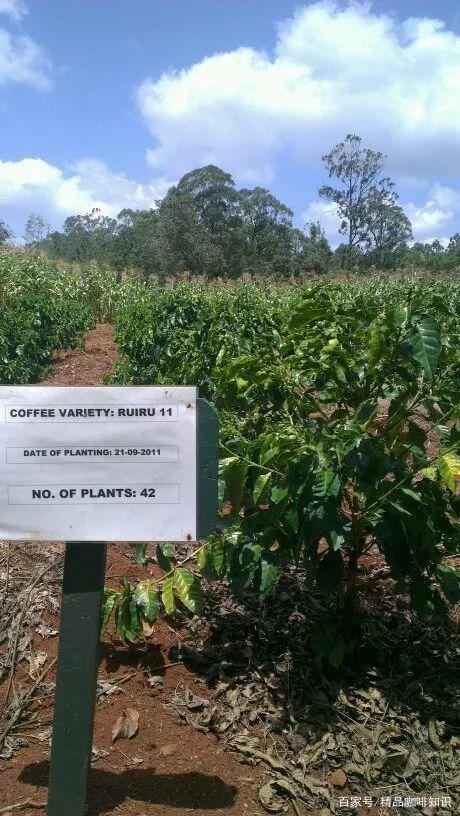
Ruiru 11: In 1985, a global rust outbreak occurred. Kenya developed a hybrid variety with heavy yield but not heavy quality, but the flavor quality was far inferior to the previous sl28 sl34, and it did not develop in the fine coffee world. However, many suppliers of even imported specialty coffee mix the hybrid beans into blends to reduce costs.
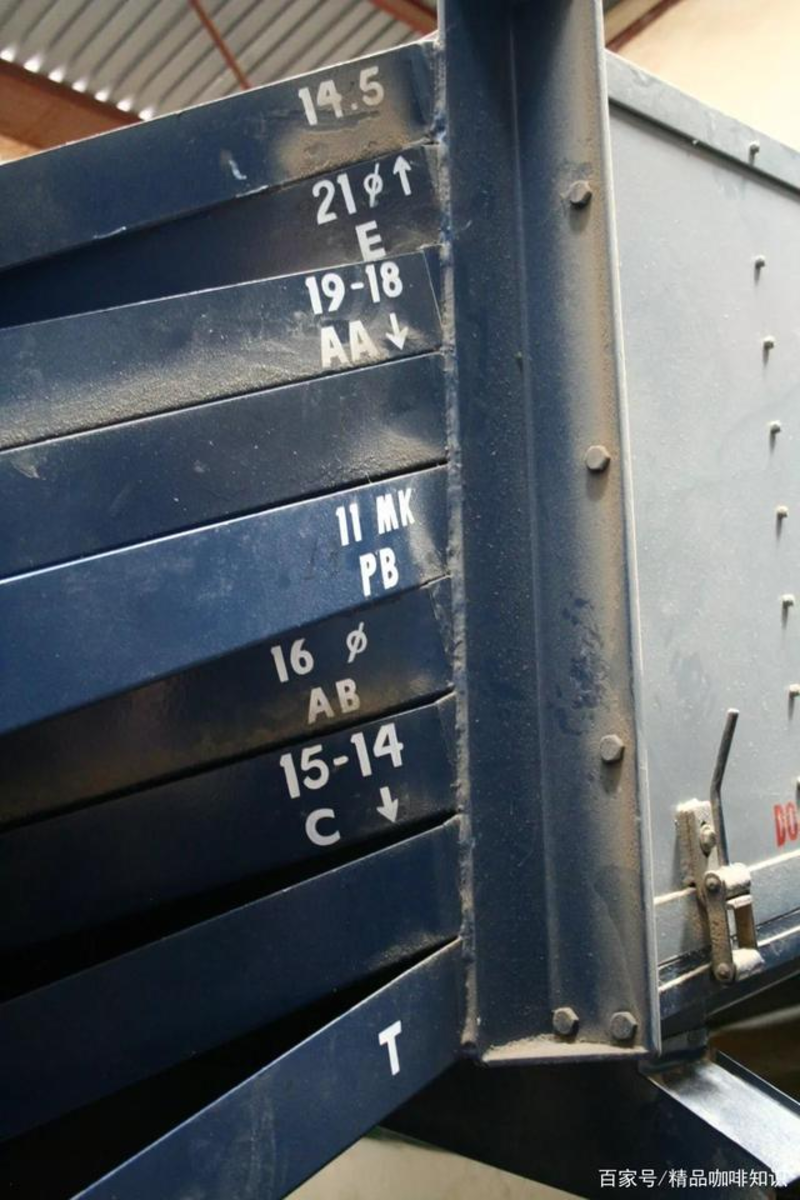
Kenyan coffee grading
Kenyan coffee beans began to adopt a strict grading system in the 1930s, mainly according to the size, shape and hardness of coffee beans, divided into AA or AA+, AB, PB, C, E, TT, T, which can be selected as a basis and the flavor of coffee as a reference. At present, the common ratings in the mass market are AA,AB and PB.
Coffee size classification
AA is a class name of coffee raw bean currency, it mainly refers to the size of coffee beans, AA refers to coffee beans with larger particles, generally coffee beans with particles of more than 17 mesh (17 mesh = mesh diameter 6.75MM) AA size is 17 mesh and 18 mesh, AB is 15 mesh, 16 mesh.
AA grade with excellent quality (flavor, taste) in AA Plus (AA+) cup
AA particle size (Screen Size) 17 Murray 18 size
AB particle size (Screen Size) 15 Murray 16 size, accounting for the majority of production
C particle size (Screen Size) is smaller than that of AB.
TT blows lighter beans from AA and AB beans with an airflow filter.
T from C-grade beans, lighter beans blown by an airflow filter.
E Elephant Bean is a large mutant bean, also known as Elephant ear.
UG does not meet the above criteria
PB Peaberry, classified by appearance, has nothing to do with flavor weight.
Flavor grade
In addition to the size, they also use flavor grading methods TOP, PLUS, FAQ to select good coffee for reference, the indicators are: raw beans (size, color, defects), cooked beans, cup test quality (acid, alcohol thickness, flavor characteristics, defects), in practical use, they will be reduced to Acidity (acid)-Body (mellow)-Flavor (flavor) to quickly score each bean, with a score of 1-3 for each item. If a bean is labeled 1-1-1, it corresponds to TOP AA.
Due to the multiple factors of Kenya Coffee in the real transaction: 1. It is a high price, 2, a large number of batches, such as the three scoring system specially used to cope with a large number of batches; 3, there is a direct trading mode outside the exchange channel, 4, the volume is small. Therefore, Qianjie Coffee will collect 40-50 different Kenyan samples from different channels every year to bake them and drink different kinds of Kenyan acid, and finally choose one or two that we think best represent Kenya.
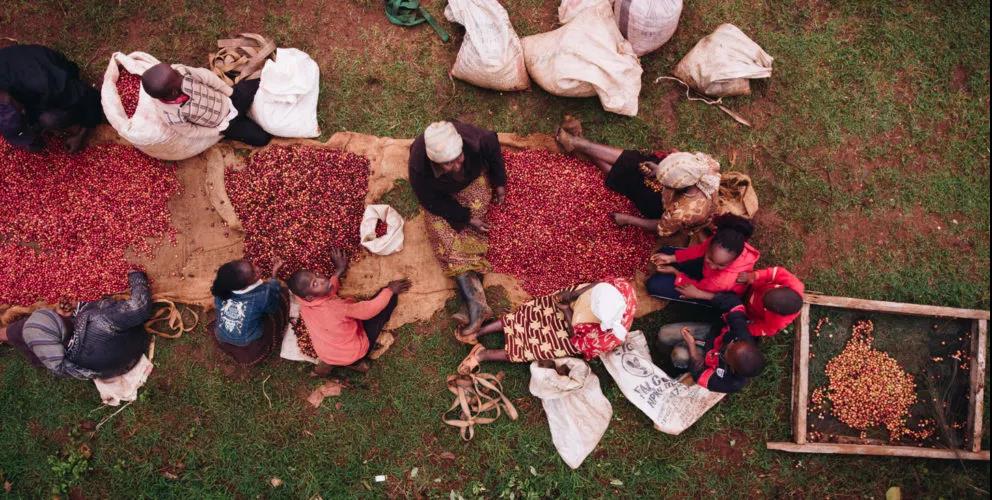
Kenyan treatment method
Just as honey is treated in Costa Rica and wet planing in Indonesia, why not mention Kenyan coffee [K72 treatment]? [Kenyan-style 72-hour fermentation water washing treatment] originated in Kenya and adopted the cyclic repeated treatment method of washing after fermentation, which was made after the same day of harvest to select the best quality cherries for peeling and fermentation. the fermentation time is 24 hours, and clean river water is used after 24 hours. Then, it was fermented again with clean river water for 24 hours, then washed, and repeated 3 times for 72 hours, so it was called Kenyan 72-hour fermentation water washing treatment, abbreviated as [K72].
First washing and fermentation
After the coffee cherry harvest, the beans will first be picked by the specific gravity of the water flow, the principle is that the coffee fruit itself is screened by the difference in density and quality; the coffee beans with high density (heavy weight) will sink into the water, while the coffee beans with low density will float. The coffee fruits with high mature quality have high density, so they are screened out for further treatment.
After selecting the high-quality and ripe fruit, the pericarp is removed, washed and soaked, and the pectin mucus attached to the outer layer of the raw bean is fermented. Pectin has natural sugars and alcohols, which play an important role in the development of sweetness, acidity and overall flavor of coffee. The fermentation time is as long as 24 hours. after fermentation, 80-90% of the pectin can be removed, leaving only the flavor in the coffee beans.
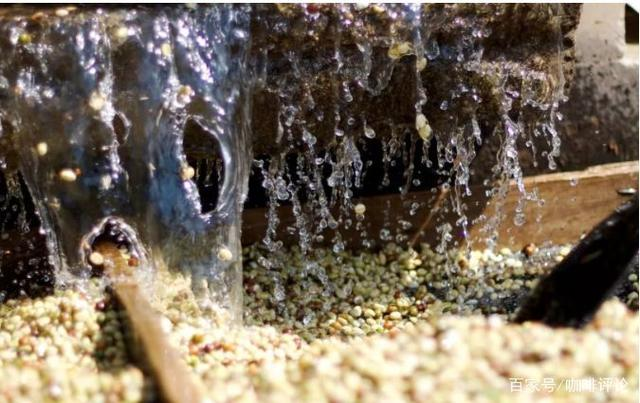
The second washing and fermentation
Then enter the second washing fermentation process, the coffee beans in the previous stage are cleaned and soaked in water for 24-48 hours. This process increases proteins and amino acids, and the acidity of coffee beans creates complex and delicate layers of taste. Finally, remove all remaining pectin and move the coffee beans to a high shelf for sun drying.
The fermentation time is as long as 24 hours, and after fermentation, 80% of the pectin is removed, leaving only the flavor in the coffee beans. Finally, remove all the remaining pectin and move the coffee beans to a high scaffolding for sun drying, depending on the weather, which usually takes about 10 days.
Kenyan coffee producing area
Kenya's coffee producing areas are most famous for their seven major producing areas, Thika, Kirinyaga, and the western side of Mount Kenya (Mt. Kenya West, Nyeri, Kiambu, Ruiri and Muranga. Among them, the foothills of Mt.Kenya and Aberdare are the main producing areas.
The flavor of each producing area in Kenya is very different, and Kenya is divided into 47 "counties" (county).
Coffee in different counties has distinct characteristics. Coffee trees in Kenya are mostly planted at 1400-2000 meters above sea level and harvested twice a year. The growth areas include Ruiri, Thika, Kirinyaga and Mt. Kenya West, Nyeri, Kiambu and Muranga. Mainly in the foothills of Mt.Kenya and Aberdare. For example, Embu coffee characteristics, balance, citrus fruits, chocolate, apples, acidity. Nyeri coffee features, white grape, juicy, grapefruit and small tomato flavor, fruity, as sweet as caramel.
Major coffee producing areas in Kenya:
NYERI (Neri)
NYERI: Nyeri in central Kenya is home to the extinct volcano Mount Kenya. The red soil in this area breeds the best coffee in Kenya. Agriculture is extremely important here; coffee is the most important crop. Common cooperatives made up of small farmers are more common than large manors. There are two harvests in this area, but coffee from the growing season is usually of high quality. This region is famous for its thick acidity such as blackberries and aromas of flowers and fruits.
Altitude: 1200-2300 m
Harvest period: October to December (main production season), June to August (by-product area)
Varieties: SL-28, SL-34, Ruriu11, Batian.
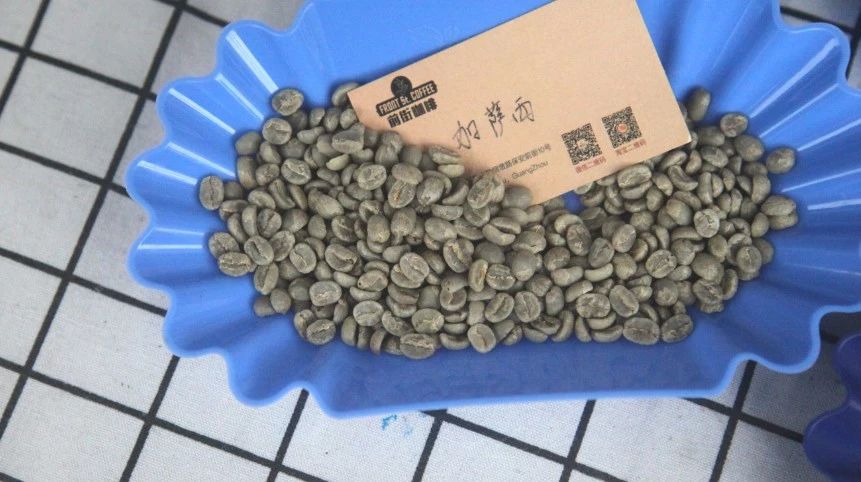
MURANG'A (Mu Rentu)
MURANG'A: there are about 100000 coffee farmers in this district of the central province. This producing area, not far from Nairobi, was chosen by the first missionaries to settle because Portugal forbade them to live in coastal areas. It is also another producing area that benefits from volcanic soil, with more small coffee farmers than manors. There is a bright sour feeling.
Altitude: 1350 to 1950 m
Harvest period: October to December (main production season), June to August (by-product season)
Varieties: SL-28, SL-34, Ruiru11, Batian
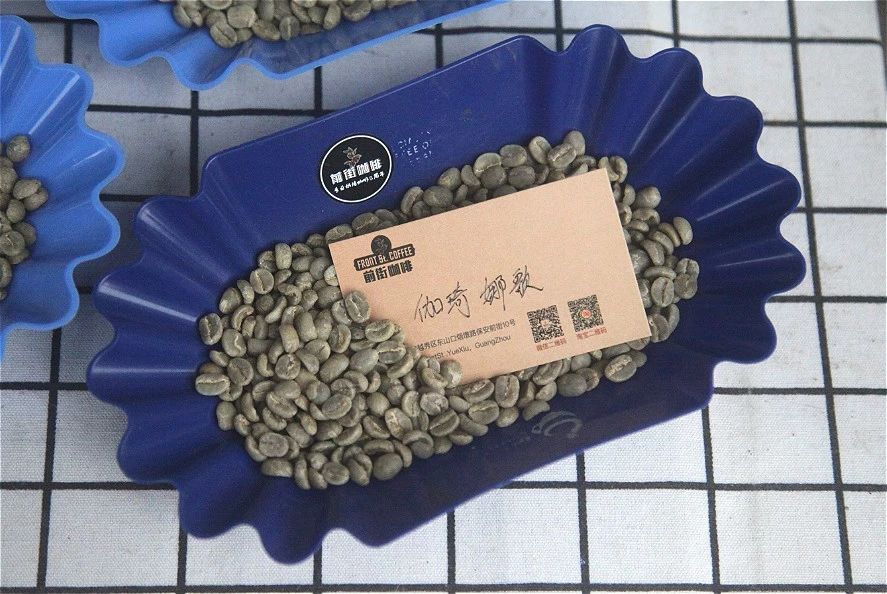
EMBU
EMB: Near Mount Kenya The name comes from Embu City, where about 70% of the population is engaged in small-scale farming, and the most popular cash crops in the area are tea and coffee. Almost all coffee comes from smallholder farmers, who produce relatively little in this region. The acidity is not as good as Neri, but the flavor is balanced enough.
Altitude: 1300
MERU
MERU: Coffee in this region is mostly grown by small farmers in the Kenyan foothills and Nyambene hills. The name refers to the magnetic field and the Meru people who live there. In the 1930s, they were among the first Kenyans to produce coffee because of the Devonshire White Paper signed in 1923, which recognized the importance of ensuring the rights of African people in Kenya.
Altitude: 1300~1950 m
Harvest period: October ~ December (main production season), June ~ August (secondary production season)
Varieties: SL-28, SL-34, ruiru11, Batian, K7
Kiambu
KIAMBU: This region in central Kenya has the highest elevation coffee growing area in the region, and Sika is also part of this region. However, some coffee trees at high altitudes will get Dieback and stop growing. This area is named after Nakuru Town. Coffee cultivation here is a mixture of manor and smallholder farming, but yields are relatively small. This is a traditional tea growing area, coffee beans have vanilla and floral aromas.
Altitude: 1850~2200 m
Harvest period: October ~ December (main production season), June ~ August (secondary production season)
Varieties: SL-28, SL-34, Ruiru11, Batian
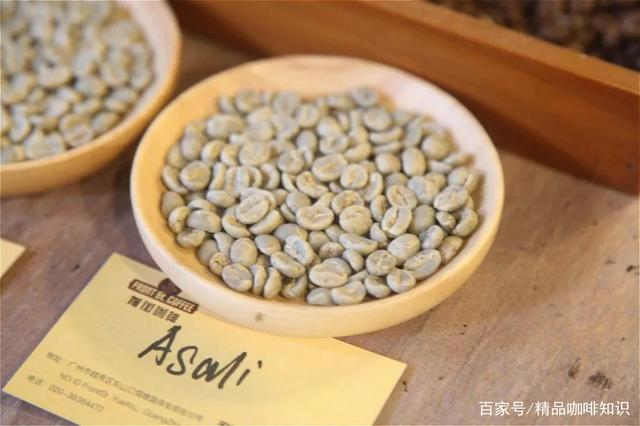
KISII (Kisi)
KISII: this area is located in southwestern Kenya, not far from Lake Victoria, is a relatively small producing area, most coffee beans come from free small producers of common cooperatives.
Altitude: 1450 to 1800 m
Harvest period: October to December (main production season), June to August (by-product season)
Varieties: SL-28, SL-34, Lanshan, K7
TRANS-NZOIA, KEIYO&MARAKWET (Terrance-Enzoya & Maraquette)
TRANS-NZOIA, KEIYO&MARAKWET: this small producing area in western Kenya has begun to develop in recent years. Mount Elgonne provides a certain altitude, and most of the coffee comes from the manor. Coffee is usually grown to diversify previously exclusive cornfields or dairy farms.
Altitude: 1500 to 1900 m
Harvest period: October to December (main production season), June to August (by-product season)
Varieties: ruiru11, batian, SL-28, SL-34.
KIRINYAGA (Kirinaga)
The producing area is located on the hillside of Mount Kenya, adjacent to Nyeri. It is famous for its strong flavor, rich layers and solid taste of coffee, and Nyeri is recognized as the two best producing areas in Kenya. Most of the producers in this area are small coffee farmers who join the cooperative, while the cooperative plays an integrated role in providing washing plants, while coffee farmers send coffee cherries to the co-operative's processing plant for raw bean processing.
It used to refer to Mount Kenya, but when the British colonized, they found the name difficult to remember, so they changed the name of the mountain to Mt Kenya instead of Kirinyaga.
Mount Kenya is the second highest peak in Africa. Although it is located in the tropics, the mountain is often covered with snow. Kirin Yajia originally means "white peak". Mount Kenya is not only a United Nations protected area, but also the surrounding foothills and grasslands, where wild animals gather and forage, and is a favorite attraction for tourists.
It comes from the Kikuyu, which means "white mountains" and is thought to be the place of the gods. The Kikuyu are the most populous people in Kenya, accounting for 1/5 of the total population.
Altitude: 1300 to 1900 m
Harvest period: October to December (main production season), June to August (by-product season)
Varieties: SL-28, SL-34, Ruiru11, Batian.
Important Notice :
前街咖啡 FrontStreet Coffee has moved to new addredd:
FrontStreet Coffee Address: 315,Donghua East Road,GuangZhou
Tel:020 38364473
- Prev
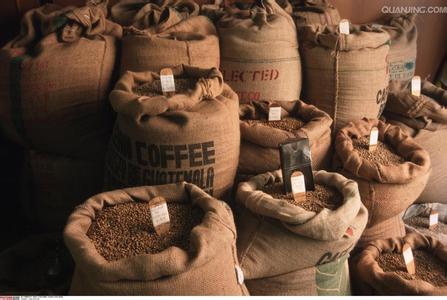
Why do coffee beans at high altitude have strong sweet and sour taste? Yunnan coffee beans have characteristic taste.
Why do high-altitude coffee beans have a strong sweet and sour taste? Yunnan coffee beans are hard, dense and have the potential to give full play to their special flavor. The really amazing coffee growing areas are between 4000 and 6000 feet above sea level, and these beans are picked carefully only during the mature season. The rating of Central American coffee is based on the altitude at which the coffee grows.
- Next
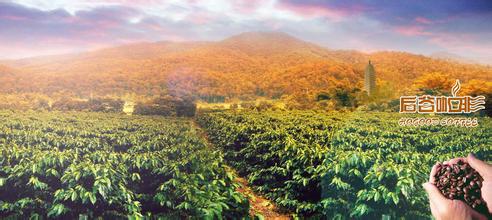
Introduction to the characteristics of variety treatment manor in Uganda coffee bean flavor description grinding scale production area
Uganda Coffee Bean Flavor description Grinding scale production area Variety treatment Manor characteristics people drink relatively fresh coffee beans. But people who are used to drinking Chen beans are not used to the fresh taste, so they desperately pursue old Java coffee, so that the Indonesian government and some businessmen deliberately store fresh beans in warehouses for one or two years and then sell them to consumers. In fact, with fresh beans
Related
- Detailed explanation of Jadeite planting Land in Panamanian Jadeite Manor introduction to the grading system of Jadeite competitive bidding, Red bid, Green bid and Rose Summer
- Story of Coffee planting in Brenka region of Costa Rica Stonehenge Manor anaerobic heavy honey treatment of flavor mouth
- What's on the barrel of Blue Mountain Coffee beans?
- Can American coffee also pull flowers? How to use hot American style to pull out a good-looking pattern?
- Can you make a cold extract with coffee beans? What is the right proportion for cold-extracted coffee formula?
- Indonesian PWN Gold Mandrine Coffee Origin Features Flavor How to Chong? Mandolin coffee is American.
- A brief introduction to the flavor characteristics of Brazilian yellow bourbon coffee beans
- What is the effect of different water quality on the flavor of cold-extracted coffee? What kind of water is best for brewing coffee?
- Why do you think of Rose Summer whenever you mention Panamanian coffee?
- Introduction to the characteristics of authentic blue mountain coffee bean producing areas? What is the CIB Coffee Authority in Jamaica?

